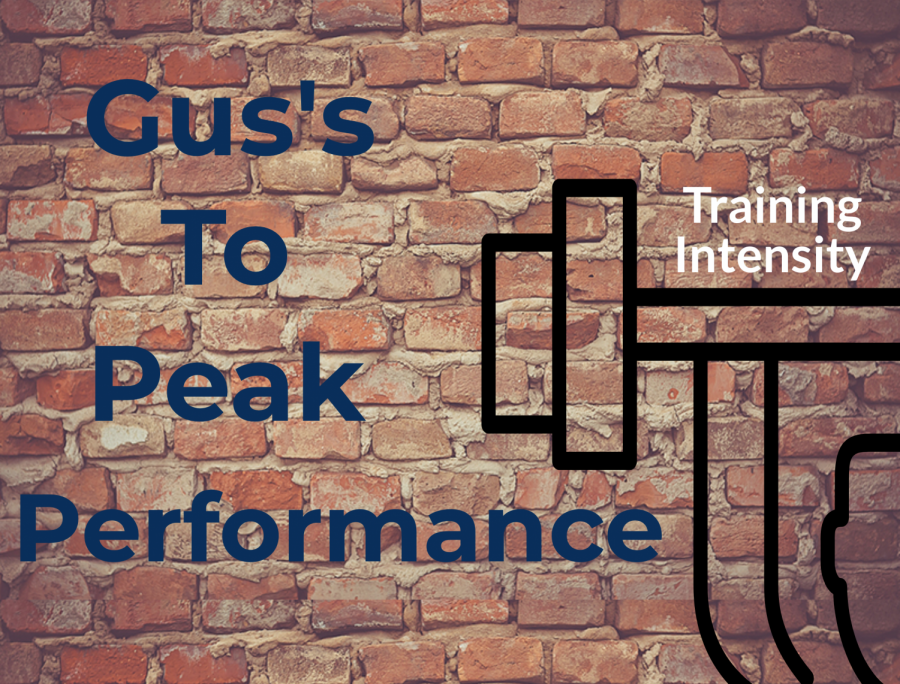Training Intensity
Last week on Gus’ Guide to Peak Performance we discussed creatine, the crack of an avid gym goer. This week I will be discussing the topic of training intensity.
There is a common misconception among gym goers that every set completed in the weight room must reach failure. This means if someone was doing a say three by eight set of bench press they would choose the weight that they could push for only eight reps and if they went for a ninth rep they would not be able to complete the rep. Bringing an exercise to failure is not a bad thing so to speak, however it puts unnecessary strain on the muscles. This is where the RPE (rate of perceived exertion) scale comes in handy. The RPE scale runs from 1-10, 1 being an extremely light activity and 10 a max effort activity or reaching failure. Rather than boring myself and others with a long scientific explanation of how the RPE scale should be utilized to maximize muscle growth and recovery I will give my personal experience of training intensity. When I first started working out I, like most, believed that in order to get stronger and build muscle I needed to train hard. The problem was that my definition of training hard was taking every set to failure. In fact, I did not even know what an RPE was at the time. I found my body constantly being sore and my muscles constantly aching. It also seemed to negatively alter my performance in the gym as the week went on. I eventually began a new workout program which included goal RPE’s for each exercise. I did my research on it and decided to give it a try. Ever since I stopped taking every exercise to failure and stuck with the solid 7-9 RPE range I have noticed tremendous improvement in my muscle recovery. Likewise, I have noticed no regression in muscle growth. I would recommend for anyone from beginner to expert to experiment with training intensity as well.

